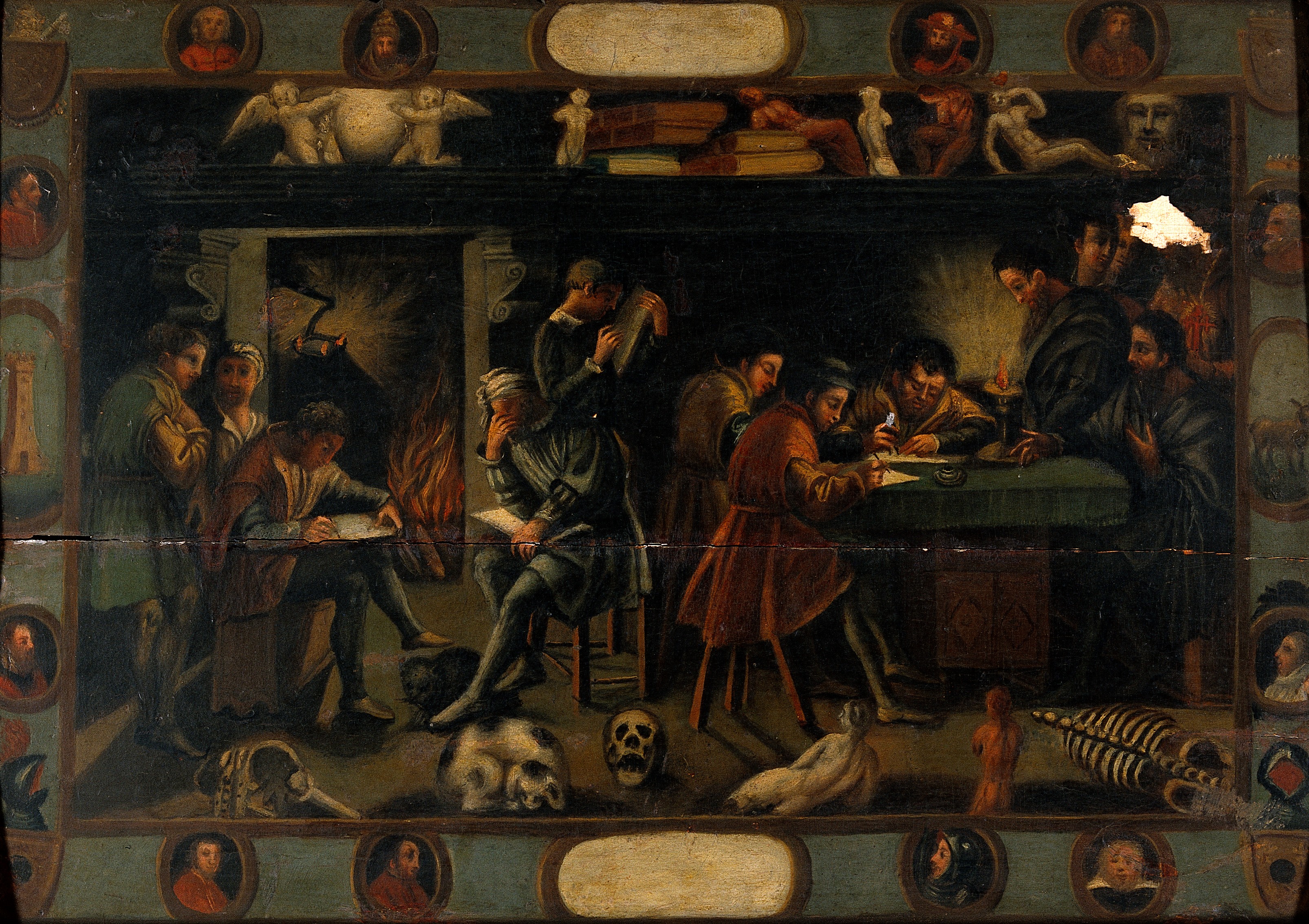The golden age of Hollywood was a period when silver screens illuminated the lives of countless stars, yet few carved out a niche as uniquely as child actress Cora Sue Collins. Her expressive face and undeniable talent graced nearly 50 films in a career that spanned little more than a decade, leaving an indelible mark on cinematic history alongside legendary figures from Greta Garbo to Claudette Colbert. Collins, who has now passed away at the age of 98, leaves behind a legacy defined by remarkable professional output and a personal story that offers a candid glimpse into the sometimes-unforgiving world of early film.
Born in 1927, Collins’ journey to stardom was as unexpected as it was swift, beginning with a chance encounter that diverted her from an ordinary childhood to the glittering sets of MGM, Paramount, and Universal. Her prolificacy was staggering, often appearing in more than ten films in a single year, embodying a versatility that allowed her to portray a wide array of characters, from the children of leading ladies to the younger versions of the stars themselves. This extraordinary career, though brief, positioned her as a central figure in the firmament of child actors of her era.
This article delves into the formative years of Cora Sue Collins’ career, tracing her trajectory from a serendipitous discovery to one of Hollywood’s busiest child performers. We explore the pivotal roles that established her reputation, the significant relationships she cultivated with some of cinema’s most iconic figures, and the sheer volume of work that underscored her invaluable contribution to the era. Through these highlights, we honor the memory of an actress whose early life was inextricably woven into the fabric of American cinematic history.

1. **From West Virginia to Hollywood: An Unconventional Start**Cora Susan Collins was born on April 19, 1927, in Beckley, West Virginia, a modest beginning that offered no immediate hint of the Hollywood future awaiting her. Her family’s relocation to Los Angeles, California, just before her fourth birthday, set the stage for an extraordinary twist of fate. It was a seemingly ordinary day, as her mother sought to enroll Collins’ older sister in school, when destiny intervened in the most cinematic fashion.
Collins herself recounted the pivotal moment, insisting it was “the honest-to-God truth”: a large car dramatically screeched to a halt as she, her sister, and mother approached the school entrance. A woman emerged, directly inquiring if her little girl could be put “in pictures.” With her mother’s enthusiastic assent, they were whisked away to a “big casting” at Universal, immediately launching a career that would span 13 years and nearly 50 films.
Her film debut came swiftly in 1932’s *The Unexpected Father*, where she was cast as Pudge, an orphan cared for by a nurse played by ZaSu Pitts. Collins later revealed that the role was originally intended for Judy Garland, but producers, captivated by Collins’ “tiny little girl” presence, reworked the part for her. Reviewers quickly recognized her talent, with the *Kansas City Journal* noting that “The little Collins girl walks away with the picture.”
2. **Establishing a Presence: Early Years in Film (1932-1933)**Following her remarkable debut, Cora Sue Collins quickly became a recognizable face in Hollywood, securing multiple roles throughout 1932. She appeared in five motion pictures that year alone, working across various major studios including MGM, Paramount, and Universal. Her early performances were primarily in supporting capacities, often portraying children or younger versions of central characters.
One significant early role was in the American romantic drama *Smilin’ Through* (1932), where she played Kathleen Wayne as a young girl, the character portrayed by Norma Shearer. The film, a remake of a silent classic, garnered an Academy Award nomination for Best Picture, adding a prestigious credit to Collins’ burgeoning filmography early in her career. Her appearances demonstrated a clear capacity for eliciting emotion, as evidenced by a story from the set of *The Strange Case of Clara Deane* (1932).
During a scene requiring her to cry, Collins’ mother was unexpectedly removed from the set. When the director prompted her to cry, she calmly replied, “If you want me to cry, why don’t you just tell me to and give me a minute to think of something sad.” This anecdote highlighted her natural ability and pragmatic approach to acting even at such a tender age. By 1933, her career continued its upward trajectory, notably playing Claudette Colbert’s daughter, Sally Trent, in *Torch Singer* at age five, further solidifying her reputation as a versatile and reliable child actress.

3. **The Royal Connection: Starring as Young Queen Christina (1933)**Among her most memorable roles in 1933, Cora Sue Collins had the distinct honor of being personally selected by the iconic Greta Garbo to portray her character, Queen Christina, as a child in the MGM biographical film of the same name. This casting was not merely a professional assignment but marked the beginning of an enduring and unique friendship between the young actress and the famously reclusive star. Garbo, known for avoiding publicity, found a rare connection with Collins.
Their bond extended beyond the set, with Garbo frequently inviting Collins to her lavish suite on the MGM lot for afternoon tea, a tradition where Collins would, perhaps unsurprisingly, drink milk. This unusual friendship persisted for decades, with the two remaining in contact until Garbo’s death in 1990. Collins affectionately recalled addressing her as “Miss Garbo,” while the star referred to her as “Cora Sue,” a testament to their respectful and genuine rapport.
The premiere of *Queen Christina* at Grauman’s Chinese Theatre was another significant event in Collins’ young career. Befitting her role as a child star, she arrived in a miniature coach pulled by Shetland ponies, accompanied by none other than MGM chief Louis B. Mayer, a rare public spectacle given Garbo’s absence from promotional duties. *Queen Christina* was widely praised by film critics, adding another critically acclaimed title to Collins’ increasingly impressive portfolio and cementing her status as a child actress with undeniable gravitas.

4. **A Star on the Rise: The Prolific Year of 1934**The year 1934 marked a period of intense activity and professional consolidation for Cora Sue Collins, as her burgeoning talent caught the attention of Metro-Goldwyn-Mayer. Recognizing her value, MGM signed her to a contract, a significant milestone for any actor, especially a child, underscoring her importance to the studio system. Her reported salary of $250 per week in 1934 was a substantial sum, equivalent to approximately $5,876 in 2024, highlighting her considerable worth to the studio.
This contract propelled Collins into an even more prolific phase of her career, leading to appearances in ten features that year alone. Her roles spanned a diverse range of genres and productions. She had a supporting role in the horror film *Black Moon*, demonstrating her versatility in a more dramatic context. Additionally, she featured in *The Scarlet Letter*, a film notable as Colleen Moore’s final screen appearance, where Collins played Pearl.
Perhaps one of her more prominent roles of the year came as Dorothy, the daughter of characters played by William Powell and Myrna Loy in *Evelyn Prentice*. While not part of the immensely popular *Thin Man* franchise, her presence alongside such leading stars further elevated her profile. These roles, combined with her new MGM contract, firmly established Collins as one of the most in-demand child performers of her era, showcasing her ability to seamlessly integrate into various cinematic narratives.

5. **Breaking New Ground: Technicolor and Prominence**Cora Sue Collins’ remarkable year of 1934 was further distinguished by her participation in pioneering cinematic efforts. She was cast as a harp-playing princess in *The Spectacle Maker*, a 21-minute MGM short directed by John Farrow. This particular production holds a significant place in film history as Farrow’s directorial debut and, crucially, as the first three-strip Technicolor short ever made in the United States. Collins’ involvement in such an innovative project underscored her perceived value and potential by the studio.
Her association with this technological landmark highlighted MGM’s investment in her burgeoning career and her ability to contribute to productions that pushed the boundaries of filmmaking at the time. The use of full three-strip Technicolor would have made *The Spectacle Maker* a visually stunning and cutting-edge presentation, placing Collins at the forefront of cinematic advancement.
Beyond technological innovation, 1934 also saw Collins achieve a rare form of recognition for a child actor: prominent billing on a movie poster for *The World Accuses*. Produced by the smaller Chesterfield Pictures, this film also featured fellow child actor Dickie Moore, with whom she would later appear in *Little Men*. Such prominent placement on promotional materials was a clear indicator of her growing star power and appeal to audiences, signifying her transition from merely a supporting player to a name capable of drawing attention.

6. **The Evolution of a Child Star: 1935 and Beyond**The momentum of Cora Sue Collins’ career continued unabated into 1935, a year that saw her appear in an astonishing eleven pictures, rivaling the output of any adult star. This incredible volume of work cemented her status as one of Hollywood’s most consistently employed child actresses. Her versatility was constantly on display, as she navigated diverse roles and genres, consistently delivering performances that resonated with audiences and critics alike.
One particular highlight of 1935 was her role in *Anna Karenina*, where she once again shared the screen with Greta Garbo. This second collaboration further deepened the unique bond between the two actresses. She also appeared in the original *Magnificent Obsession*, a film that starred Irene Dunne and Robert Taylor, with whom Collins harbored a personal crush, offering a glimpse into her own youthful experiences on set.
In a delightful recognition of her importance to the studio, MGM chief Louis B. Mayer threw a joint birthday party for Collins and veteran actress May Robson, both born on April 19. This star-studded event saw nearly everyone on the MGM lot in attendance, from established icons like Joan Crawford and Jean Harlow to other rising child stars such as Jackie Cooper, Mickey Rooney, and Freddie Bartholomew, underscoring the affectionate and integral role Collins played within the studio family.
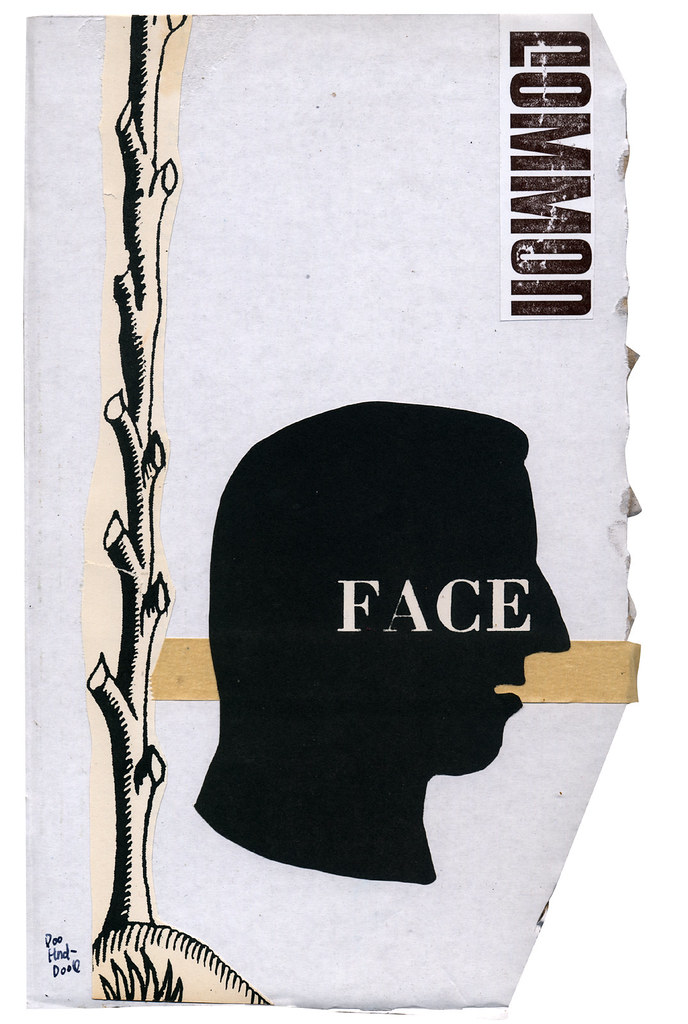
7. **The “Common Face” and Versatility**Cora Sue Collins often reflected on her unique casting niche in Hollywood, humorously stating in a 2019 interview, “I must have the most common face in the world.” She elaborated on this, explaining, “Because I played either the most famous actresses in the ’30s as a child, or their child, so they made me up to look like everybody.” This self-deprecating humor underscored a remarkable professional adaptability that made her invaluable to studios seeking youthful counterparts for their leading ladies.
Indeed, her ability to embody the younger versions of adult stars or play their children was a testament to her versatility and the skill of studio makeup artists. Beyond her roles as the younger self of Claudette Colbert in *Torch Singer* or Greta Garbo in *Queen Christina*, she portrayed Frances Dee’s younger self in *The Strange Case of Clara Deane* (1932) and *Keep ‘Em Rolling* (1934). She also played the younger Loretta Young in *Caravan* (1934), Merle Oberon in *The Dark Angel* (1935), and Lynn Bari in *Blood and Sand* (1941), showcasing her wide range.
One notable role where her physical growth became a factor was in *The Adventures of Tom Sawyer* (1938). Collins was initially cast as Becky Thatcher, but after a significant growth spurt during the months MGM spent searching for an actor to play Tom, she became taller than Tommy Kelly, who was ultimately cast. Consequently, her role was changed to Amy Lawrence, Becky’s rival. This adaptation further illustrates her capacity to take on diverse parts, ensuring her continued presence in prominent productions even when initial plans shifted.
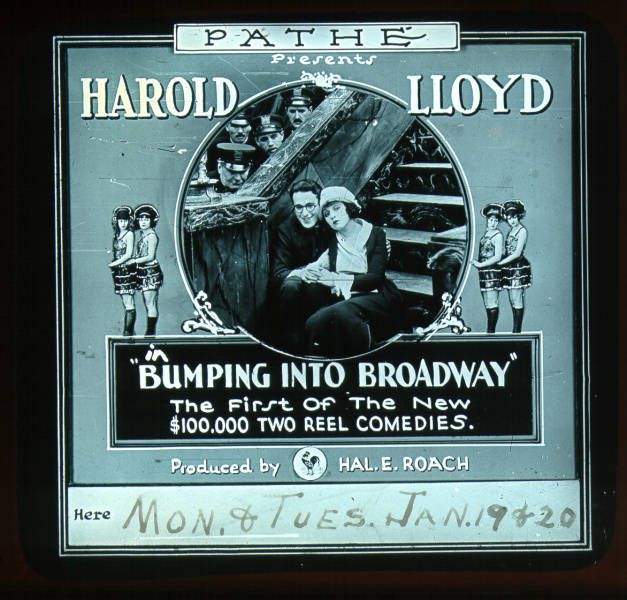
8. **Transition to Adolescent Roles and a Foray into Broadway**As Cora Sue Collins matured, her roles in Hollywood naturally evolved from the “tiny little girl” parts that had characterized her early, prolific years. The industry, ever watchful of its young talents, began to cast her in parts that reflected her increasing age and developing abilities. This transition saw her move into more adolescent characterizations, marking a new, albeit challenging, phase in her cinematic journey, as she navigated the often-difficult path from child star to teenage actress.
A significant example of this evolving career path was her portrayal of a teenager in the 1942 film *Get Hep to Love*. In this picture, Collins demonstrated her capacity to embody more complex and, at times, “nasty” adolescent personalities, starring alongside performers such as Donald O’Connor and Gloria Jean. This period also saw her expand her artistic endeavors beyond the silver screen, as Collins made a notable foray into live theater, starring on Broadway in the production of *Junior Miss*. These diverse roles collectively underscored her versatility and an early, earnest attempt to adapt and sustain her career as she grew from a celebrated child prodigy into a young adult performer within the demanding studio system.

9. **A Rare Leading Role and the Culmination of Her Film Career**While Cora Sue Collins’ career was largely defined by her remarkable versatility in supporting roles or as the younger iterations of famous leading ladies, she did, on occasion, ascend to the prominence of a leading part towards the close of her active years in Hollywood. This uncommon opportunity arrived in the 1945 Columbia Pictures drama *Youth on Trial*. In this film, Collins was cast in a central role, portraying the juvenile delinquent daughter of a court judge, a character that represented a significant departure from the more innocent or peripheral parts she had typically embodied. It showcased her capability for more substantial and emotionally resonant dramatic work, indicating a potential for a different trajectory had she chosen to remain in the industry.
*Youth on Trial* stood as one of her final cinematic contributions, offering a glimpse into her dramatic range. Her last recorded film appearance, also in 1945, was in *Week-End at the Waldorf*, a prestigious ensemble picture featuring a constellation of stars. Following these roles, and at the remarkably young age of 18, Cora Sue Collins made the decisive and quite abrupt choice to retire from show business. This concluded a prolific 13-year career that encompassed an astonishing nearly 50 films, signaling a clear desire for a life beyond the constant demands, pressures, and public scrutiny inherent to the Hollywood machine. Her departure marked the end of a remarkable era for one of cinema’s most active child performers.
Read more about: No Smooch Zone: Some Hollywood Stars Who Dared to Say ‘No’ to On-Screen Kisses

10. **Confronting the Industry’s Shadow: An Unsettling Encounter and Studio Indifference**The dazzling allure of Hollywood, which had initially drawn Cora Sue Collins into its orbit, often concealed a troubling underbelly, a harsh reality that she, even as a minor, was unfortunately not spared from encountering. A deeply unsettling incident, occurring before her 17th birthday, brought to light the predatory dynamics that could exist within the film industry. Harry Ruskin, a screenwriter significantly her senior by 33 years, reportedly attempted to coerce her into a sexual act, offering a significant role in exchange for compliance. This account reveals a dark facet of the studio system, where vulnerability could be exploited.
Collins, displaying remarkable fortitude, unequivocally refused Ruskin’s advances. She subsequently reported the incident to Louis B. Mayer, the famously powerful and autocratic chief of Metro-Goldwyn-Mayer studios, seeking recourse and justice. However, Mayer’s response, as recounted by Collins, was alarmingly “nonchalant and dismissive,” offering neither support nor condemnation of Ruskin’s behavior. Compounding the betrayal, Mayer allegedly threatened to obstruct her future film opportunities if she dared to speak publicly about the incident. This deeply distressing experience, which highlighted the prevailing power imbalances and lack of accountability within Hollywood, played a profound and pivotal role in solidifying her decision to permanently withdraw from the industry, contributing significantly to her eventual desire for a life free from such exploitative pressures.
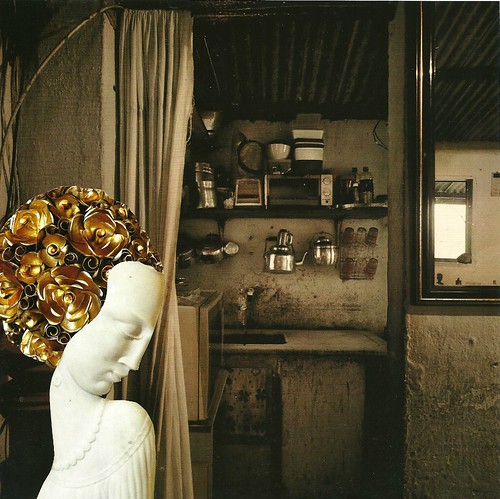
11. **Embracing Anonymity: A Deliberate Retreat from Public Life**Following her departure from the intensely public world of acting at the age of 18, Cora Sue Collins consciously and deliberately stepped away from the spotlight, seeking a private existence vastly different from the relentless scrutiny that had defined her childhood. She openly articulated a profound yearning for personal privacy, stating, “I wanted to enjoy the luxury of anonymity.” This sentiment underscored a deep-seated desire for a normal life, one unburdened by the constant demands, expectations, and public gaze associated with a high-profile career in film, a life she felt she had largely missed as a child star.
Her decision to leave Hollywood represented more than just the termination of a profession; it marked the commencement of a deliberate and successful journey towards a more private and self-determined future. Collins ultimately found profound contentment in this new chapter, later reflecting with a sense of genuine satisfaction, “I can’t tell you how much I enjoyed being an anonymous housewife later on in my life!” This marked a significant personal triumph for her, as she successfully navigated the challenging transition from a celebrated child star to an individual who cherished the quiet dignity, freedom, and normalcy of a private, anonymous existence, finding immense joy in the everyday rhythms of family life away from the cameras.

12. **Personal Life Beyond the Limelight: Marriages and Motherhood**After retiring from her demanding career in the public eye, Cora Sue Collins embarked upon a rich and fulfilling personal life, defined by multiple marriages and the joys of motherhood. Her first marriage occurred around 1943, to Ivan Stauffer, described as a wealthy rancher from Nevada and the operator of the Clover Club in Hollywood. Their union lasted several years, concluding with their divorce in 1947. This initial foray into adult life marked her official severance from her professional past, allowing her to build a new identity.
Subsequently, around 1961, she married James Morgan Cox, also known as James McKay, who was the owner of the Cal-Neva Lodge in Lake Tahoe. With McKay, Collins embraced motherhood, bearing three children. Her daughter, Susie (later known as Susie Krieser or Susie McKay Krieser), and her son, Trey, are among her direct descendants. Tragically, James McKay passed away prematurely in 1962 from pneumonia while on a hunting trip. Later in life, Collins found enduring companionship with Harry Nace, a prominent Phoenix movie theater owner. She was referred to as “Susie Nace” by 1996, and their marriage spanned more than 33 years until his death in June 2002. Beyond her biological children, she also welcomed a stepdaughter, Theresa (or Teresa Nace Cabebe), into her extended family, demonstrating her commitment to building a robust personal life.
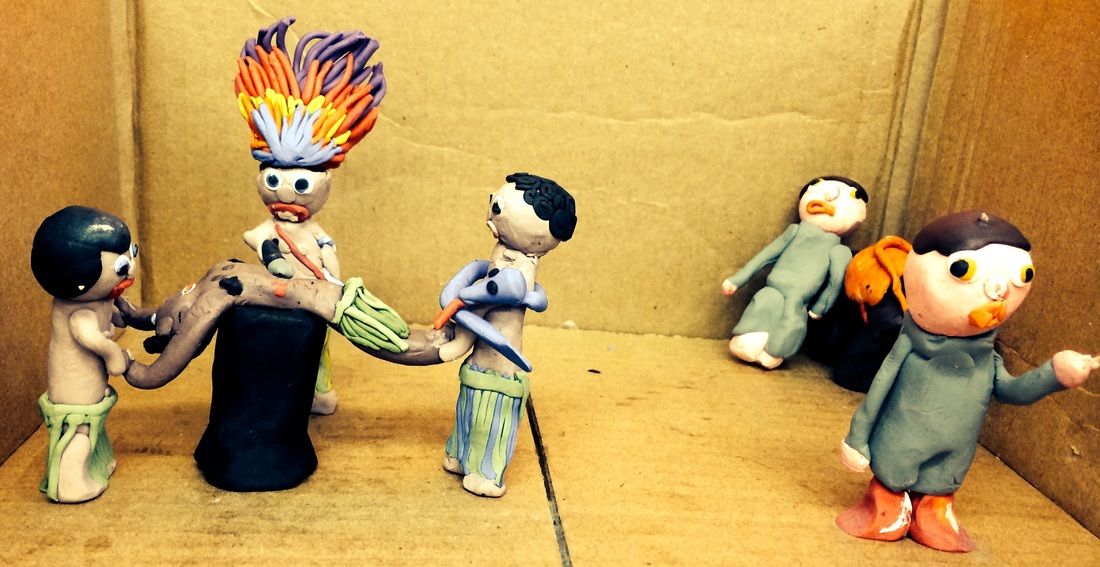
13. **Enduring Connections and Insightful Reflections on Child Stardom**Despite her definitive departure from the Hollywood scene, Cora Sue Collins maintained a few select and meaningful connections that transcended decades, most notably her extraordinary and enduring friendship with the enigmatic Greta Garbo. Their unique bond, initially forged during their collaborative work on *Queen Christina* and *Anna Karenina*, persisted, with the two remaining in contact until Garbo’s passing in 1990. Collins affectionately recalled maintaining a respectful formality, addressing her as “Miss Garbo,” while the iconic star reciprocated with the familiar “Cora Sue,” a testament to the genuine and mutual esteem they shared, a rare connection for the famously reclusive Garbo.
In her later years, Collins offered profound and articulate insights into the very nature of child stardom, reflecting thoughtfully on both its inherent appeal and its profound challenges. While she humorously acknowledged her “common face” as a practical asset for her versatile casting, her deeper reflections carried significant weight. She critically asserted that “children should be cogs in a wheel, they should not be at the center,” directly challenging the system that made her a star. Collins further elaborated on the detrimental dynamic created “When an entire family revolves around a small child, it puts that child in a very odd position and gives her responsibilities that she really should not have at that age.” These insightful remarks underscore a mature, critical perspective on her extraordinary childhood, ultimately revealing a woman who, despite having experienced cinematic magic, deeply valued the simplicity, freedom, and normalcy that her life post-Hollywood afforded her.
14. **A Lifetime’s Curtain Call: The Passing of Cora Sue Collins**Cora Sue Collins, the prolific and captivating child actress who illuminated the screens of the 1930s with her remarkable talent and expressive performances, passed away peacefully on April 27, 2025, at her home in Beverly Hills, California. She was 98 years old. Her daughter, Susie Krieser, confirmed that her death was attributed to complications from a stroke. Her passing marks the poignant close of a chapter, signifying the departure of one of the Golden Age’s most active, enduring, and ultimately reflective young performers, whose career left an indelible mark on early American cinema.
Collins leaves behind a rich legacy, not merely comprising her nearly 50 film appearances, but also a compelling personal narrative characterized by resilience, thoughtful introspection, and a candid perspective on the unique pressures of early fame. She is survived by her loving daughter, Susie McKay Krieser, her son, Trey, and her stepdaughter, Theresa. Her extended family includes five grandchildren, namely James, Kevin, Keith, and Michael, and a cherished six great-grandchildren, among whom are Jarett, Nate, Lilly, Mimi, and Jack. Her life, a journey from a serendipitous discovery to a contented and intentionally anonymous existence, remains a compelling and significant narrative in the broader annals of Hollywood history, offering enduring insights into both the magic and the complexities of early stardom.
From her remarkable debut as a “tiny little girl” captivating audiences to her insightful reflections on the nature of child stardom and her deliberate choice for a private life, Cora Sue Collins’ journey was as extraordinary as it was profoundly human. She navigated the glittering yet often challenging landscape of early Hollywood with grace, forging connections with legends and leaving behind a filmography that, while brief in the grand scheme of a lifetime, captured a unique spirit and talent. Her legacy, far from being confined to the silver screen, is etched in her candid reflections, her pursuit of personal fulfillment, and the quiet dignity with which she lived a life on her own terms, offering a timeless perspective on fame, family, and the enduring quest for authenticity.




